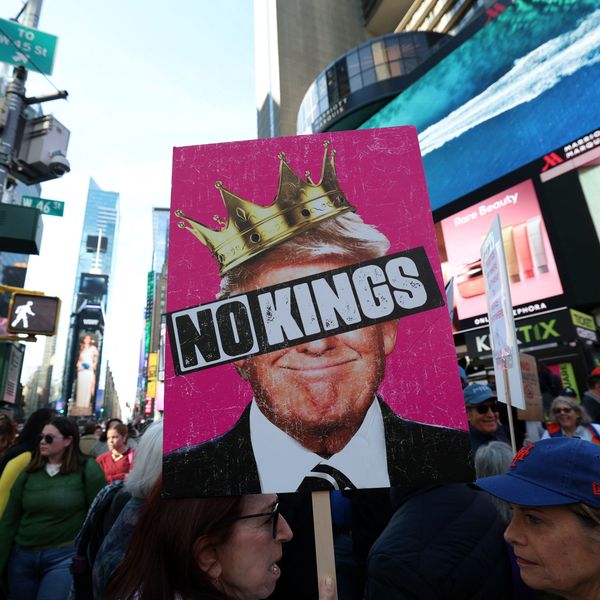The drive to Ferguson prepares me for Ferguson. Once out of downtown St Louis, county after county radiates a pervasive poverty: abandoned malls, boarded-up stores, homes in disrepair, the occasional fast-food place, gas stations and, finally, the Ferguson Market & Liquor store on West Florissant Avenue.
Around the corner on Canfield Drive, I pull into the parking lot at Red's BBQ. The owners have set up outside their establishment because a few nights before, protesters caused extensive damage to the restaurant in a show of defiance. This is two months ago, when the history books began to document Ferguson, before more than a thousand protesters came to St Louis this weekend to stand against the continuation of the police's self-named "low intensity warfare" against young black men. But in the August heat, I look around at the burnt-out buildings and the roped-off areas and I finally understand, fully, that I am in the midst of the continuation of the LA riots of the 20th century, where the beaten black male body has been executed publicly, in the 21st.
Michael Brown's memorial is set up halfway down Canfield. The memorial is constructed out of stuffed animals, flowers, homemade signs. "Hands Up Don't Shoot" is itself memorialized on drawings, and t-shirts. All this stuff, which feels to me like the hands of the community, lie where his body bled out for four hours in the hot sun.
Read the full article at the Guardian.


